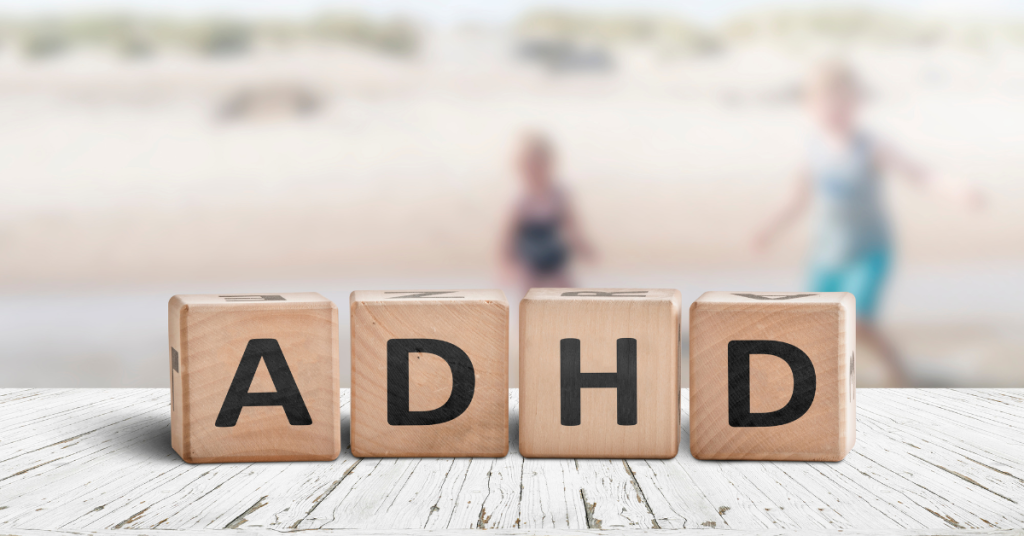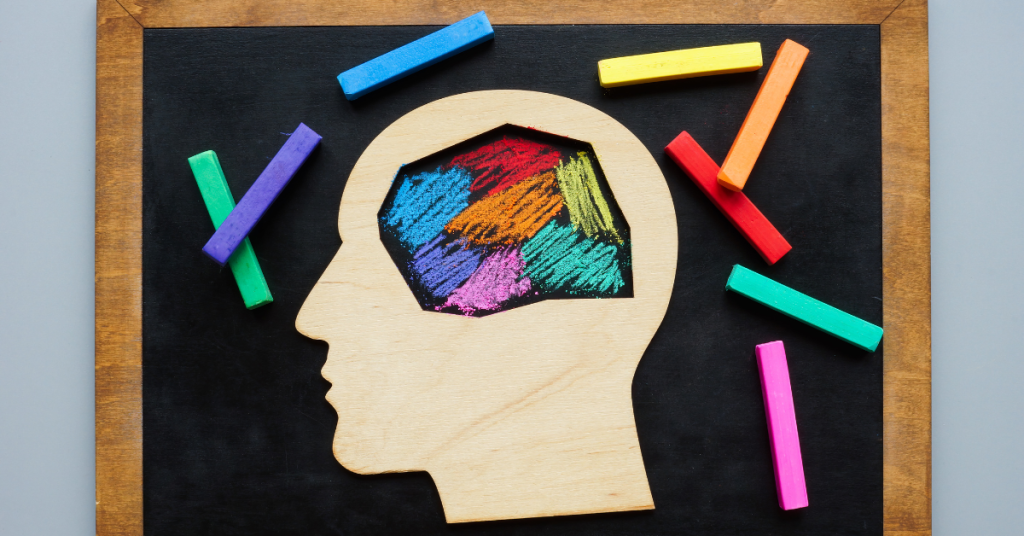Parenting is a journey filled with joys, challenges, and moments of uncertainty. As your child grows, you may begin to notice behaviors that seem different from their peers—perhaps they struggle with focus, have difficulty following instructions, or show limited interest in social interactions. These behaviors can sometimes be early indicators of ADHD and Autism.
Understanding the symptoms of Autism in children and ADHD early can empower you to seek the right support, helping your child reach their full potential. While every child is unique, recognizing certain patterns can provide clarity and reassurance.
This guide will walk you through the early signs of ADHD and Autism, how to differentiate between them, and what steps to take if you suspect your child may need additional support. With patience, knowledge, and a proactive approach, you can create an environment where your child thrives.
Understanding ADHD and Autism: What’s the Difference?
Before diving into the symptoms, it’s important to understand that ADHD and Autism are both neurodevelopmental disorders but have distinct characteristics.
- ADHD (Attention Deficit Hyperactivity Disorder) affects a child’s ability to focus, control impulses, and regulate their energy levels.
- Autism Spectrum Disorder (ASD) affects a child’s ability to communicate, engage in social interactions, and process sensory input.
Some children may have both conditions, making diagnosis and treatment more complex. Knowing the key differences can help parents and professionals tailor support strategies effectively.
Recognizing Early Signs of ADHD in Children
ADHD symptoms can vary but generally fall into three categories: inattentive, hyperactive-impulsive, and combined type (which includes both inattentiveness and hyperactivity).

1. Inattentive Symptoms:
- Easily distracted by noises, sights, or activities
- Appears to be daydreaming instead of paying attention
- Struggles to complete tasks or follow multi-step instructions
- Frequently loses items like toys, books, or homework
- Avoids tasks that require sustained mental effort, such as reading or homework
2. Hyperactive-Impulsive Symptoms:
- Has difficulty staying seated or waiting their turn
- Talks excessively, often interrupting conversations
- Acts without thinking about consequences (e.g., running into the street)
- Engages in constant movement, even when expected to sit still
- Frequently fidgets with hands, feet, or objects
A child with ADHD may struggle in structured environments, such as school or daycare, where focus and patience are required. If these behaviors persist across different settings, professional evaluation is recommended.
Recognizing Early Signs of Autism in Children
Signs of Autism in children often appear before age 3, though some children may receive a diagnosis later. Autism is a spectrum, meaning symptoms can range from mild to severe.
1. Social and Communication Challenges:
- Limited interest in interacting with peers
- Prefers playing alone rather than engaging in group activities
- Struggles with making eye contact or understanding facial expressions
- Delayed speech development or unusual speech patterns
- Difficulty understanding social cues, such as taking turns in conversations
2. Repetitive Behaviors and Special Interests:
- Engages in repetitive movements (e.g., rocking, hand-flapping, spinning)
- Insists on strict routines and gets distressed by changes
- Displays intense focus on specific interests (e.g., dinosaurs, numbers, or trains)
- Lines up toys instead of playing with them in a traditional way
3. Sensory Sensitivities:
- Overreacts or underreacts to sensory stimuli, such as loud noises or bright lights
- Avoids certain textures in food or clothing
- Dislikes being hugged or touched unexpectedly
If you notice these behaviors in your child consistently, it’s a good idea to speak with a developmental specialist for a thorough assessment.
Overlap Between ADHD and Autism
Because ADHD and Autism share some symptoms, it can be challenging to distinguish between them. Here’s a look at how similar traits present in each condition:
| Symptom | ADHD | Autism |
|---|---|---|
| Difficulty with eye contact | May look away when distracted | Avoids eye contact due to discomfort |
| Social struggles | Often due to impulsivity | Often due to difficulty understanding social norms |
| Hyperfocus | Struggles to maintain attention on tasks | Can have intense focus on specific interests |
| Impulsivity | Acts without thinking | May seem impulsive but often due to rigid thinking patterns |
| Sensory sensitivities | May be overly active due to sensory-seeking behavior | May avoid certain sensory experiences |
If your child displays signs of both conditions, they may require a dual diagnosis and specialized interventions.
Steps to Take If You Notice Symptoms
1. Observe and Document Behaviors
Keep a journal of your child’s behaviors, noting when and where they occur. Look for patterns and triggers that might provide insight into their challenges.
2. Consult Your Pediatrician
A doctor can evaluate your child’s development and refer you to specialists, such as developmental pediatricians, psychologists, or speech therapists.
3. Seek a Comprehensive Evaluation
Professionals use structured assessments and observations to determine whether a child has ADHD and Autism. A diagnosis can provide clarity and guide intervention strategies.
4. Consider Early Intervention Services
Early support can make a significant difference in a child’s development. Services may include:
- Speech therapy for communication difficulties
- Occupational therapy for sensory processing and motor skills
- Behavioral therapy (such as Applied Behavior Analysis) for skill-building
5. Create a Structured and Supportive Home Environment
- Use visual schedules to provide predictability
- Break tasks into small, manageable steps
- Provide positive reinforcement for desired behaviors
- Offer sensory-friendly spaces if your child is sensitive to noise, light, or textures
Supporting Parents Emotionally

Caring for a child with ADHD and Autism can be emotionally demanding. Here are some tips for self-care:
- Join a Support Group: Connecting with other parents can provide comfort and practical advice.
- Educate Yourself: The more you learn, the better equipped you’ll be to advocate for your child.
- Celebrate Small Wins: Progress may be slow, but every step forward is an achievement.
- Take Time for Yourself: Caring for a child with special needs requires patience and energy. Make time for self-care, even if it’s just a short break each day.
Final Thoughts
Recognizing the early signs of ADHD and Autism is crucial for ensuring children receive the right support as early as possible. If you suspect your child may be displaying symptoms, trust your instincts and seek professional guidance.
With early intervention, patience, and a supportive environment, children with ADHD and Autism can thrive in their own unique way. Remember, every child is different, and their journey may not look the same as others—but with love, understanding, and the right resources, they can reach their full potential.
FAQs
1. Can a child have both ADHD and Autism?
Yes, some children have a dual diagnosis, requiring specialized support strategies.
2. How early can Autism in children be diagnosed?
Autism can often be diagnosed as early as 18 months, though some children receive a diagnosis later.
3. How can I help my child with ADHD focus better?
Providing structure, using timers, and breaking tasks into small steps can improve focus.
4. What therapies help children with Autism?
Speech therapy, occupational therapy, and Applied Behavior Analysis (ABA) are common interventions.
5. Should I wait to see if my child outgrows their symptoms?
Early intervention is key. If you have concerns, seek professional guidance as soon as possible.
Read Also Our Latest Article: Finding ‘Me Time’ as a Parent: Tips to Recharge Without Guilt
Follow us
